Expansion in Emerging Markets
Emerging markets are becoming increasingly important for the Automatic Transmission Torque Converter Market. As economies in regions such as Asia-Pacific and Latin America continue to develop, there is a growing demand for automobiles equipped with advanced transmission systems. The rising disposable income among consumers in these regions is leading to an increase in vehicle ownership, which in turn drives the need for efficient automatic transmission systems. Market analysts suggest that the Asia-Pacific region alone could witness a growth rate of over 6% in the automotive sector, significantly impacting the torque converter market. This expansion presents opportunities for manufacturers to establish a presence in these markets, catering to the specific needs of local consumers while contributing to the overall growth of the Automatic Transmission Torque Converter Market.
Rise of Hybrid and Electric Vehicles
The shift towards hybrid and electric vehicles is significantly influencing the Automatic Transmission Torque Converter Market. As automakers increasingly focus on sustainability and reducing carbon emissions, the demand for efficient transmission systems is rising. Hybrid vehicles, which often utilize automatic transmissions, require advanced torque converters to optimize performance and fuel efficiency. According to recent data, the hybrid vehicle segment is expected to account for a substantial share of the automotive market, further propelling the need for innovative torque converter solutions. This trend is likely to encourage manufacturers to develop torque converters that can seamlessly integrate with electric drivetrains, thereby enhancing the overall driving experience. Consequently, the Automatic Transmission Torque Converter Market is poised for growth as it adapts to the evolving landscape of vehicle technology.
Regulatory Standards and Environmental Concerns
The Automatic Transmission Torque Converter Market is also being shaped by stringent regulatory standards and growing environmental concerns. Governments worldwide are implementing regulations aimed at reducing vehicle emissions and improving fuel efficiency. These regulations compel manufacturers to innovate and develop torque converters that meet or exceed these standards. For instance, the implementation of stricter fuel economy standards in various regions is driving the demand for more efficient automatic transmission systems. As a result, manufacturers are focusing on creating torque converters that not only comply with regulations but also enhance vehicle performance. This trend is likely to continue, as environmental awareness among consumers increases, further influencing the Automatic Transmission Torque Converter Market.
Technological Advancements in Torque Converters
The Automatic Transmission Torque Converter Market is experiencing a notable transformation due to rapid technological advancements. Innovations such as improved fluid dynamics and enhanced materials are leading to more efficient torque converters. These advancements not only increase performance but also contribute to better fuel efficiency, which is a critical factor for consumers and manufacturers alike. The market is projected to grow at a compound annual growth rate of approximately 5.2% over the next few years, driven by these technological improvements. Furthermore, the integration of smart technologies, such as electronic control systems, is enhancing the functionality of torque converters, making them more responsive and adaptable to varying driving conditions. As a result, manufacturers are increasingly investing in research and development to stay competitive in the Automatic Transmission Torque Converter Market.
Consumer Preferences for Performance and Comfort
Consumer preferences are playing a pivotal role in shaping the Automatic Transmission Torque Converter Market. As drivers increasingly seek vehicles that offer superior performance and comfort, the demand for advanced torque converters is on the rise. Modern consumers are more informed and have higher expectations regarding vehicle performance, leading manufacturers to prioritize the development of torque converters that provide smoother gear shifts and improved acceleration. Market data indicates that vehicles equipped with high-performance automatic transmissions are gaining popularity, particularly in the luxury segment. This trend is likely to drive innovation in torque converter technology, as manufacturers strive to meet consumer demands for enhanced driving experiences. Consequently, the Automatic Transmission Torque Converter Market is expected to evolve in response to these shifting consumer preferences.


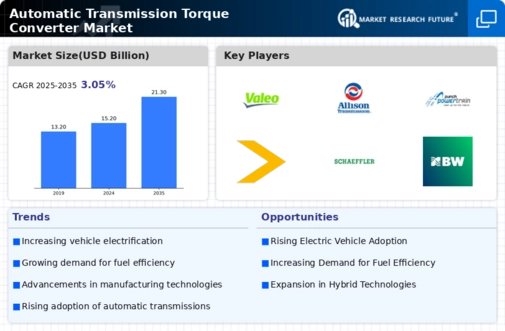

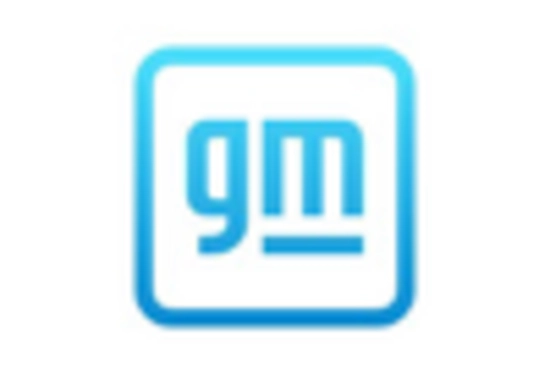
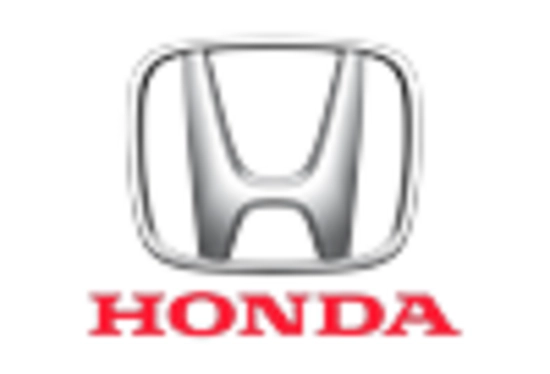

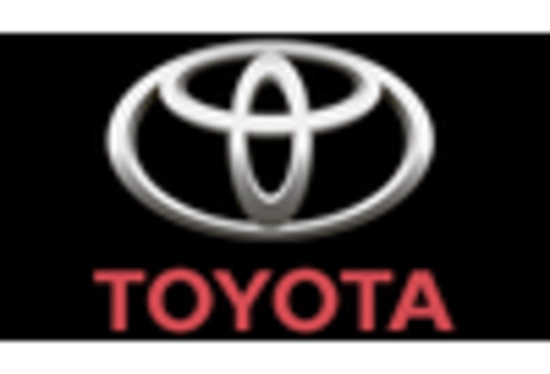
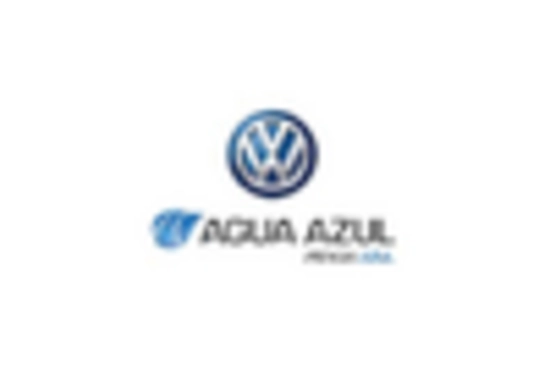








Leave a Comment